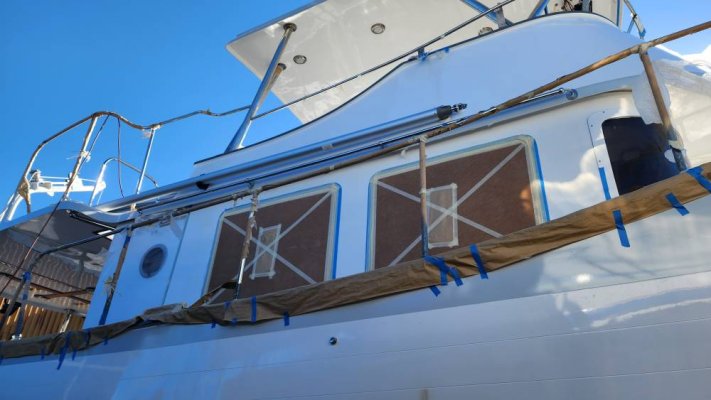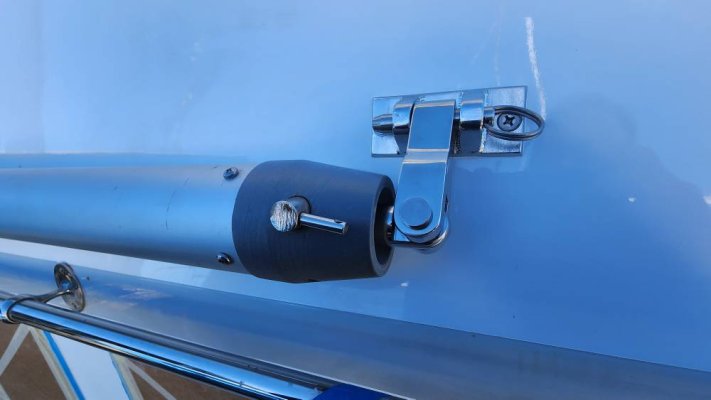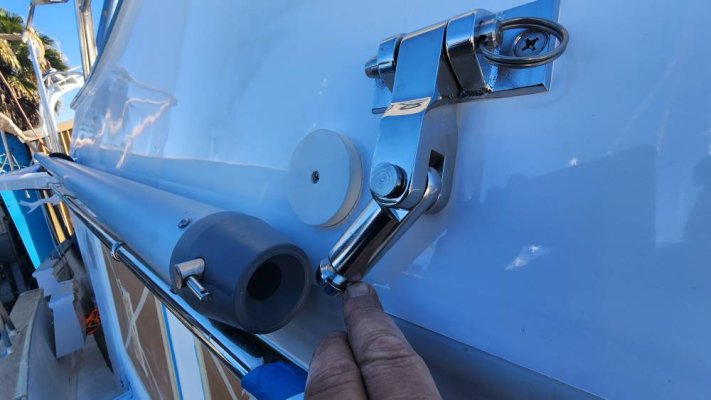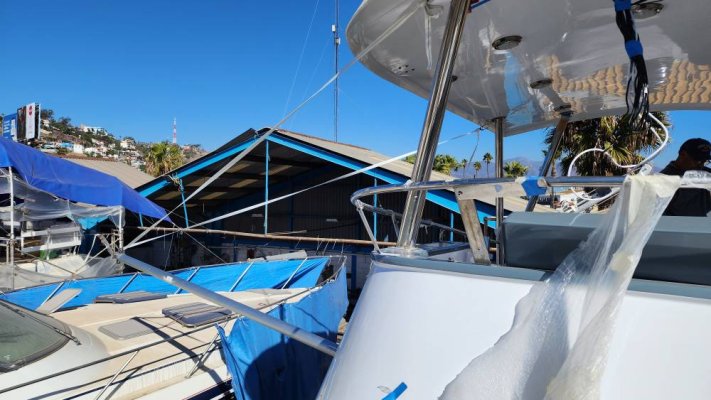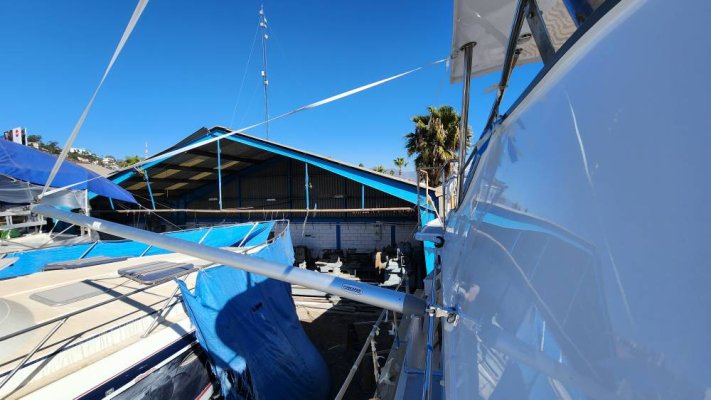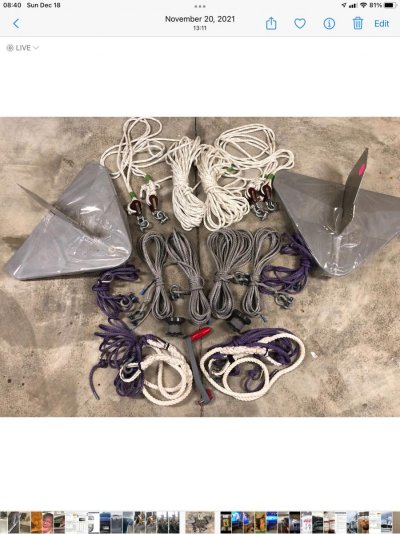Pascall
Senior Member
- Joined
- Oct 15, 2022
- Messages
- 281
- Vessel Name
- Passi
- Vessel Make
- Hand made Barkas
That tells us what kind of forces can come on.
The metal plate that is bent should not have been constructed horizontally but vertically, but it is easy to judge after it has happened.
Do I see it right, is that aluminum?
The metal plate that is bent should not have been constructed horizontally but vertically, but it is easy to judge after it has happened.
Do I see it right, is that aluminum?


